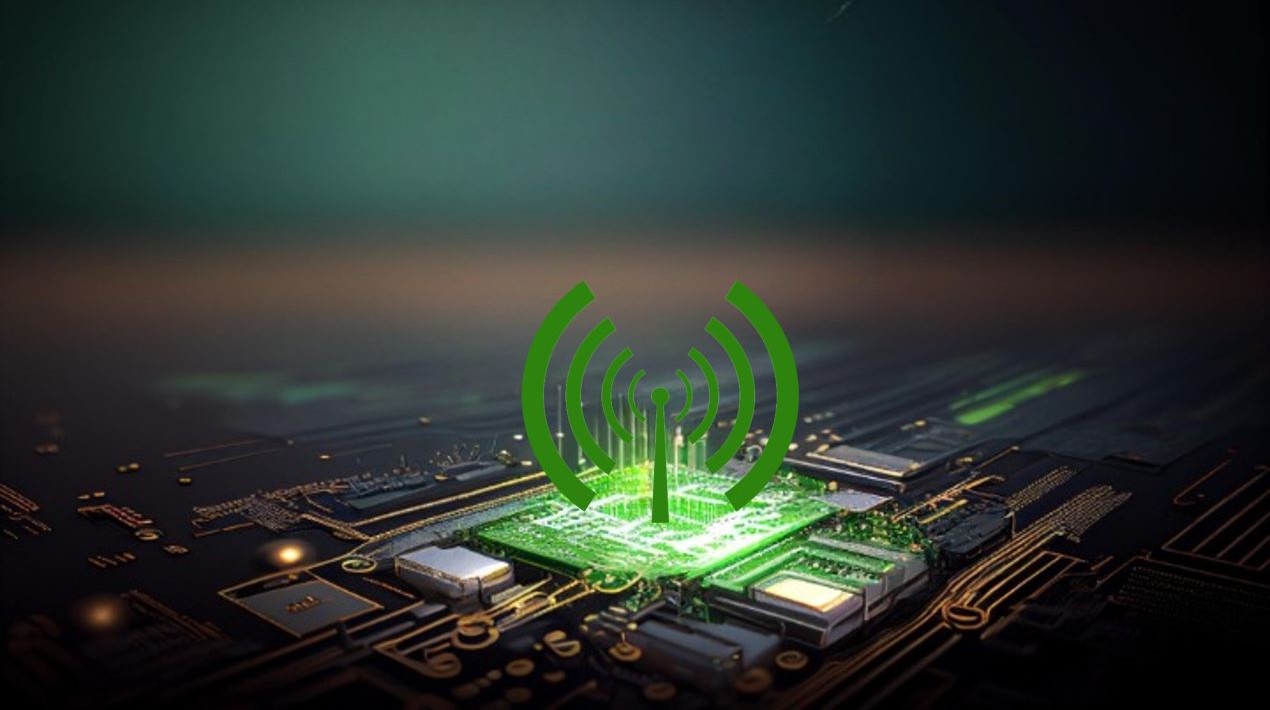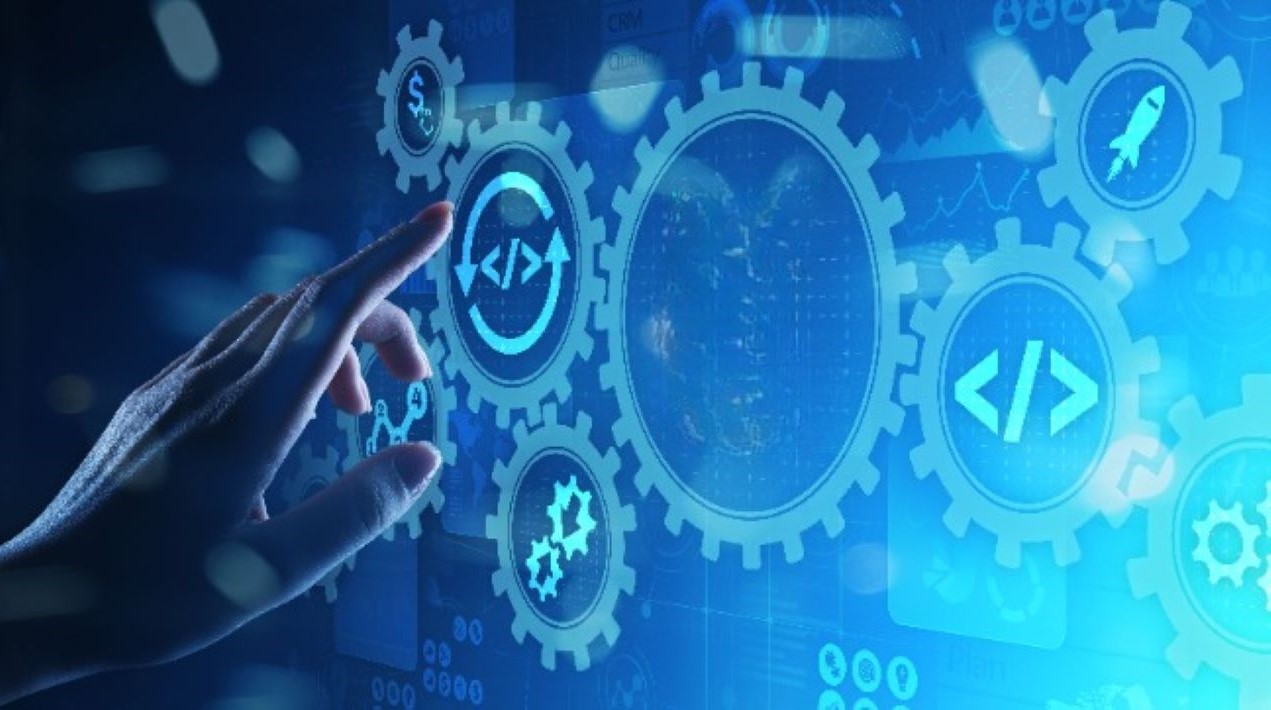
A Judgments and Orders portal and the e-Filing 3.0 module were recently inaugurated to strengthen the country’s legal system. The portal enables users to search past judgments and orders. The e-Filing 3.0 module allows for the electronic filing of court documents.
The Judgments and Orders search portal is a repository of judgments pronounced by various High Courts in the country. It provides the facility to search judgements and final orders based on multiple search criteria. The main features of the portal are:
- Free text search enables the user to search judgments based on keywords or a combination of multiple keywords.
- Users can also search judgments based on bench, case type, case number, year, a petitioner or respondent’s name, a Judge’s name, act, section, disposal nature, and decision date.
- The embedded filtering feature allows further filters on the results, ensuring a precise search.
Judge Dhananjaya Chandrachud, who inaugurated the systems, explained that the portal currently has data on about 38 million cases. The court had the data of 106 million cases that were being disposed of, which are now available.
The e-Filing 3.0 module, introduced by the e-Committee of the Supreme Court, allows for the electronic filing of court documents. With the introduction of the new module, there will be no need for lawyers or clients to visit the court premises to file a case. The filing process can take place even when the court, client, and lawyer are at three different locations. The project system was completed in six months, according to a press release.
The Secretary of the Department of Justice highlighted the various features of the e-Filing 3.0, saying that the upgraded version 3.0 is more user-friendly. It will simplify the registration of advocates on the e-filing software and enable advocates to add their partners and clients to the e-filing module. It offers readymade templates for pleadings and provisions for the online recordings of oaths. It enables case papers to be signed digitally. It provides the ability to file multiple applications apart and virtually exchanges information and case papers between advocates and courts.
The launch of the two portals reaffirms that Indian court architecture and judicial processes have been able to adapt to the fast-paced digital world. The Constitution recognises justice as one of the foremost deliverables for the people of India and the eCourts project has played a sustained role in ensuring citizen-centric justice. In recognition of the exemplary work, this project has been conferred the Excellence in Digital Governance Award in 2020 by the government.
At the event, Chandrachud noted the e-committee of the top Court is in the process of finalising its rules to allow the live streaming of court proceedings. In 2018, the Supreme Court approved in principle the concept of live-streaming important court hearings, however, it is yet to be implemented. The Gujarat High Court is the only court that live-streams its proceedings on YouTube.
Chandrachud stated that the video conferencing was initiated as a platform to answer problems of the COVID-19 pandemic – not to replace oral hearings but to ensure that courts were functional and available to those whose rights were being infringed.
Several dignitaries including Chief Justices of various High Courts, the Director-General of the National Informatics Centre, and members of the e-committee of the Supreme Court joined the event virtually.
















